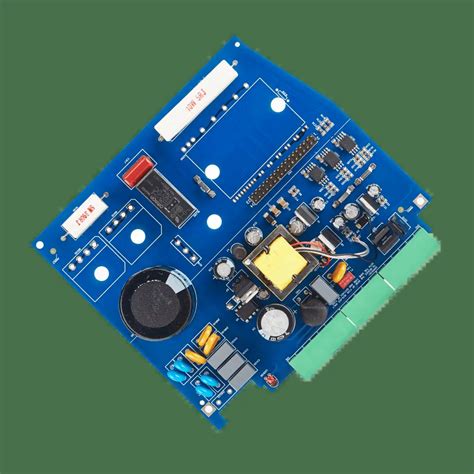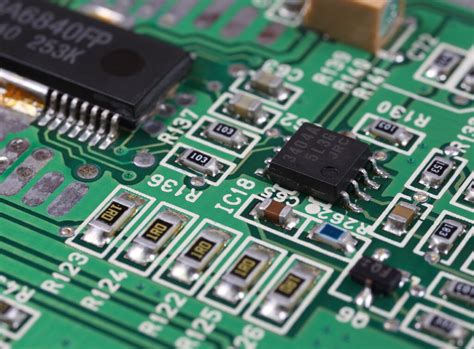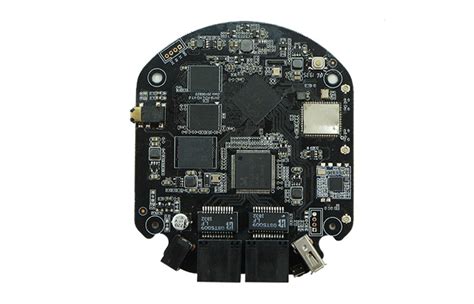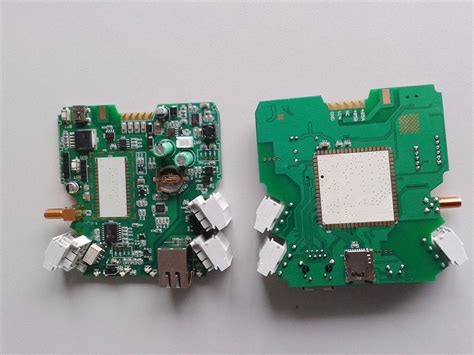High Volume PCB Manufacturing Strategies for Optimal Output
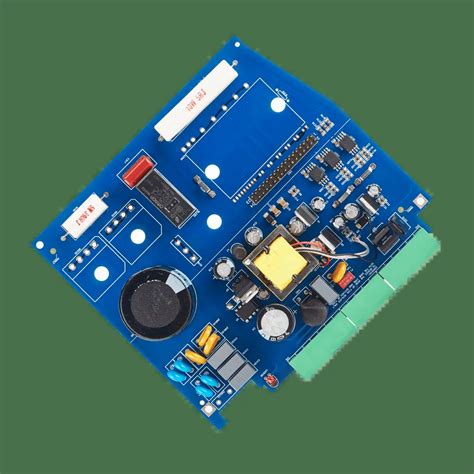
Key Takeaways
When engaging with PCB manufacturing, it is vital to adopt a holistic approach that encompasses various strategies aimed at enhancing productivity and ensuring high-quality outcomes. One effective technique is optimizing your production line, where you can implement streamlining processes to significantly reduce waste and downtime. To achieve this, analyze workflows to identify bottlenecks and ensure that each phase of the PCB production is running smoothly.
Moreover, embracing quality control measures is crucial for maintaining exceptional standards. Regular inspections and testing at each stage will not only secure the quality of your products but also reduce overall PCB manufacturing costs by preventing defects before they reach the final stage. Furthermore, investing in automation in high-volume PCB assembly can lead to impressive increases in both speed and consistency. As you navigate through your PCB manufacturing business, consider evaluating materials for optimal performance and longevity.
Implementing lean manufacturing principles can also drive tremendous benefits; it encourages a more sustainable approach that focuses on reducing waste while maximizing efficiency. In addressing the challenges encountered during large-scale production, developing tailored solutions such as flexible processes or specialized training for your team can improve adaptability within the ever-changing landscape of PCB manufacturing companies.
"Success in high-volume PCB production hinges on a commitment to continuous improvement across all measures—efficiency, quality, and cost-effectiveness."
By embracing these strategies collectively, you position your operations for optimal output in an increasingly competitive market.
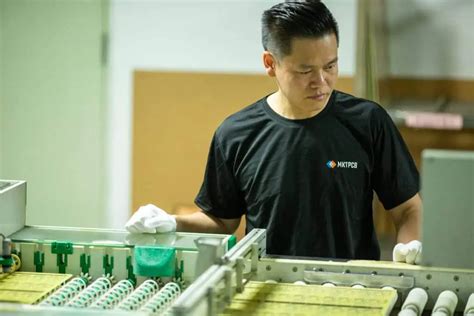
High Volume PCB Fabrication Techniques
When engaging in pcb manufacturing, understanding various fabrication techniques is essential for ensuring efficiency and quality at high volumes. One effective strategy is to adopt advanced pcb manufacturing companies that utilize state-of-the-art technology and automation. This not only streamlines the production process but also addresses the often-complex nature of high-volume demands. Techniques such as multilayer construction, which allows for more circuitry in a compact space, can significantly enhance your pcb manufacturing business capabilities. Additionally, leveraging automated processes, including pick-and-place machines and automated optical inspection systems, can minimize human error and increase throughput.
Moreover, it is imperative to analyze pcb manufacturing costs related to these techniques carefully. By focusing on cost-efficient methods while maintaining quality control through rigorous testing and inspection protocols, you can optimize your production without compromising on performance. Investing in robust supply chain management will ensure that the necessary materials are readily available, further aiding efficiency in your operations. As you explore these fabrication techniques, continuously evaluate their impacts on production time and overall costs to remain competitive in the dynamic PCB market.
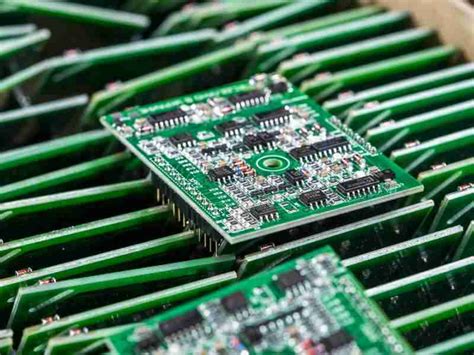
Streamlining the PCB Production Process
To effectively streamline the PCB manufacturing process, it is crucial to adopt a holistic approach that encompasses all stages of production. By closely analyzing each step, you can identify bottlenecks, reduce waste, and enhance efficiency. Coordination between various PCB manufacturing companies is essential; ensuring that your supply chain remains robust will contribute significantly to lowering PCB manufacturing costs. Implementing advanced software tools for project management and production planning can also lead to improved workflow and communication among teams.
Moreover, focusing on standardized procedures can help maintain consistency and quality across batches, which is vital in high-volume PCB manufacturing. Utilizing techniques such as Just-In-Time (JIT) manufacturing will not only minimize inventory levels but also align production more closely with demand. It’s important to train your staff on these standardized practices, empowering them to recognize and solve issues as they arise. This proactive mindset contributes to a more responsive PCB manufacturing business, and makes it easier to scale operations when necessary.
By integrating automation within your workflow, you can further streamline the process; robotic assembly systems can significantly reduce lead times while maintaining high precision in your PCB production output. Overall, pursuing these strategies will enable you to achieve optimal results in both productivity and quality within your production environment.
Quality Control Measures in High-Volume Manufacturing
In the realm of high-volume PCB manufacturing, implementing robust quality control measures is essential to ensure product integrity and compliance with industry standards. By focusing on stringent testing protocols and inspection techniques, you can effectively minimize defects and enhance the reliability of your PCBs. One effective approach is to incorporate automated optical inspection (AOI) systems, which can quickly detect faults that may arise during the production process. Such technologies not only improve accuracy but also significantly reduce the time needed for manual inspections.
Furthermore, establishing a consistent quality assurance (QA) framework within your PCB manufacturing business is crucial. This includes regular audits and adherence to recognized quality management standards such as ISO 9001, which ensures that your processes align with best practices. With an organized QA system in place, you can track performance metrics that provide insights into potential areas for improvement.
Performance metrics in high-volume environments often encompass yield rates, defect levels, and turnaround times. By analyzing these metrics in real time, you can quickly respond to issues before they escalate into larger problems. Below is a simple table illustrating key quality performance indicators you should consider monitoring:
| Quality Metric | Description | Ideal Range |
|---|---|---|
| Yield Rate | Percentage of PCBs passing inspection | 98% – 99% |
| Defect Density | Number of defects per unit | < 5 per million units |
| Turnaround Time | Time taken from order to delivery | < 5 days |
Engaging with PCB manufacturing companies that offer comprehensive quality management solutions also plays an invaluable role in ensuring high standards. A collaborative approach where shared best practices are encouraged will benefit both parties involved.
Ultimately, prioritizing quality control not only optimizes your production output but also fosters client trust and satisfaction. Maintaining high-quality standards directly influences your pcb manufacturing cost, as fewer defects lead to lower rework expenses and better resource allocation. By investing in effective quality control measures now, you set a foundation for long-term success in the competitive landscape of PCB production.
Cost Reduction Strategies for PCB Production
In the competitive landscape of PCB manufacturing, it is crucial for PCB manufacturing companies to implement effective cost reduction strategies that do not compromise quality. One of the primary approaches to reduce PCB manufacturing costs is to optimize the supply chain by negotiating contracts with multiple suppliers, thereby ensuring you receive the best prices for high-quality materials. Additionally, bulk purchasing can lead to significant savings, as many suppliers offer discounts for larger orders.
Another vital tactic involves embracing automation within your production lines. By utilizing advanced machinery and robotics, you not only increase production speed but also minimize human error, leading to better product quality and lower rework costs. Investing in such technologies may require an upfront cost, but the long-term savings can be substantial.
Also, consider revising your production processes. Implementing lean manufacturing principles can help streamline operations by eliminating waste and enhancing workflow efficiency. This optimizes labor utilization and reduces overhead costs significantly in your PCB manufacturing business.
Finally, keeping a close eye on technological advancements is essential. Upgrading to more efficient equipment can yield better performance and lower energy consumption, directly impacting your overall production cost. By integrating these strategies into your operational ethos, you will be better positioned to achieve significant cost reductions while maintaining a high standard of product quality in the PCB production process.
Automation in High Volume PCB Assembly
In today’s competitive landscape, automation plays a pivotal role in enhancing the efficiency of PCB manufacturing processes. By incorporating advanced technologies such as robotics and intelligent software, you can significantly reduce cycle times and improve precision in high volume PCB assembly. This not only streamlines operations but also minimizes the likelihood of human error, which is crucial when working with complex designs. For those involved in PCB manufacturing companies, automating repetitive tasks allows your team to focus on higher-value activities, thereby escalating overall productivity.
Furthermore, integrating systems for real-time monitoring and control can optimize production workflows. This enables you to detect potential bottlenecks early and adjust accordingly, thus maintaining an optimal output rate. Moreover, investing in automation aligns with lowering the overall PCB manufacturing cost, as it reduces labor expenses while enhancing quality consistency. As you build your PCB manufacturing business, leveraging automation technologies not only bolsters your competitiveness but also ensures that you can meet increasing demand without compromising on quality.
For those looking for reliable solutions and insights into effective automation strategies, explore partnerships with industry leaders. You can find valuable resources at Andwin PCB that offer comprehensive support tailored to your needs. Embracing such innovative approaches is essential for navigating the complexities of modern high volume PCB production while maintaining excellence across all facets of your operations.
Evaluating Materials for Optimal PCB Performance
When it comes to pcb manufacturing, the selection of materials is critical to achieving optimal performance and durability of your products. You need to consider factors such as thermal conductivity, electrical performance, and mechanical strength when choosing materials for your printed circuit boards. Different pcb manufacturing companies offer a variety of substrates like FR-4, polyimide, or even Rogers materials, each with unique properties tailored for specific applications. The right material not only helps to enhance circuit integrity but also impacts the overall pcb manufacturing cost. If you prioritize high performance and reliability, investing in superior materials from the outset can lead to fewer failures in the field, thereby reducing long-term costs associated with warranty claims and repairs. Furthermore, understanding how these materials interact within your assembly process enables you to better align with your specific pcb manufacturing business goals. Integrating advanced material selection will ultimately elevate your product quality and ensure that you remain competitive in high-volume production environments.

Implementing Lean Manufacturing in PCB Operations
To enhance efficiency and reduce pcb manufacturing costs, implementing lean manufacturing principles in your operations is essential. Lean methodology focuses on streamlining processes, minimizing waste, and maximizing value. By applying these principles to pcb manufacturing, you can create a more productive environment that fosters continuous improvement. Start by identifying and eliminating non-value-adding activities within your production flow. Engage your teams in regular training sessions to promote a culture of kaizen, where small, incremental changes lead to substantial improvements over time. Furthermore, consider adopting visual management tools such as kanban systems to better communicate workflow and inventory levels across departments. This not only helps integrate various processes but also facilitates quicker decision-making. PCB manufacturing companies that embrace lean strategies can respond more swiftly to market demands while maintaining high-quality standards, ensuring that your pcb manufacturing business remains competitive and profitable in a high-volume landscape. Ultimately, by fostering a lean mindset within your organization, you are likely to achieve a significant reduction in pcb manufacturing costs, optimize output, and enhance overall product quality.
Challenges and Solutions in Large-Scale PCB Production
In the realm of pcb manufacturing, one of the most pressing challenges you may encounter involves maintaining high levels of efficiency while ensuring exceptional product quality. Manufacturing companies often face difficulties related to scaling production, such as managing lead times, reducing errors, and optimizing workflows. To tackle these issues, it’s essential to adopt advanced techniques that address the complexities of high volume PCB operations. For instance, implementing robust quality control measures throughout the production process can significantly reduce defects and rework costs, thereby enhancing overall output. You might also consider investing in automation technologies that streamline production lines—this not only accelerates the assembly process but also minimizes human errors.
Furthermore, exploring pcb manufacturing costs is vital for sustaining a competitive edge. By analyzing various cost factors and optimizing resource allocation, businesses can identify potential savings while maintaining high standards. Another valuable approach is to foster collaboration between different departments within your organization; effective communication can lead to quicker problem resolution and more cohesive project execution. Emphasizing lean manufacturing principles will also aid in eliminating waste and optimizing inventory management, all contributing to a successful pcb manufacturing business strategy.
In summary, navigating through the challenges of large-scale PCB production requires a multifaceted approach that includes quality assurance measures, costing strategies, and promoting interdepartmental synergy, paving the way for improved efficiencies and better product outcomes.

Conclusion
In the realm of high volume PCB manufacturing, understanding the intricacies of the production process is crucial for achieving optimal output. As you navigate through your PCB manufacturing business, it’s essential to prioritize strategies that not only streamline operations but also enhance overall efficiency. By implementing advanced techniques and focusing on cost-effective solutions, you can significantly reduce pcb manufacturing costs while still maintaining high standards of quality that are expected by clients. Partnering with reputable pcb manufacturing companies that prioritize automation can also provide a competitive edge, allowing for quicker turnaround times and increased consistency in production. Furthermore, it is vital to regularly evaluate materials to ensure you are utilizing options that offer optimal performance while complementing your production methods. Ultimately, as you adopt these strategies, you will position your business to thrive in the competitive landscape of high volume PCB fabrication, paving the way for sustained growth and success.
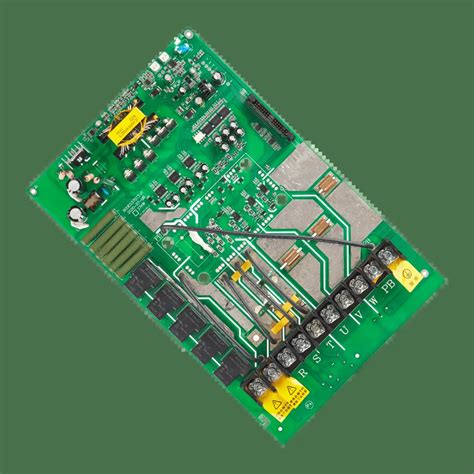
FAQs
What is high volume PCB manufacturing?
High volume PCB manufacturing refers to the production of printed circuit boards in large quantities. This process involves various techniques and strategies to optimize output while maintaining quality and efficiency.
How do I choose the right PCB manufacturing company?
When selecting a PCB manufacturing company, consider factors such as their experience, capabilities, certifications, and customer reviews. It’s essential to partner with a company that understands your specific requirements and can deliver on time.
What factors influence PCB manufacturing cost?
Several factors can impact PCB manufacturing cost, including material selection, design complexity, production volume, and lead times. By optimizing these elements, you can reduce overall costs while ensuring quality.
What are common challenges in high volume PCB production?
Challenges in high volume PCB production may include maintaining consistency in quality, managing lead times, and ensuring efficient supply chain logistics. Identifying these issues early on can help implement effective solutions.
How can automation improve PCB manufacturing efficiency?
Automation in PCB manufacturing business enhances efficiency by reducing manual labor, increasing production speed, and minimizing errors. By leveraging advanced technologies like robotic assembly and automated testing, your operation can achieve greater output with higher precision.

